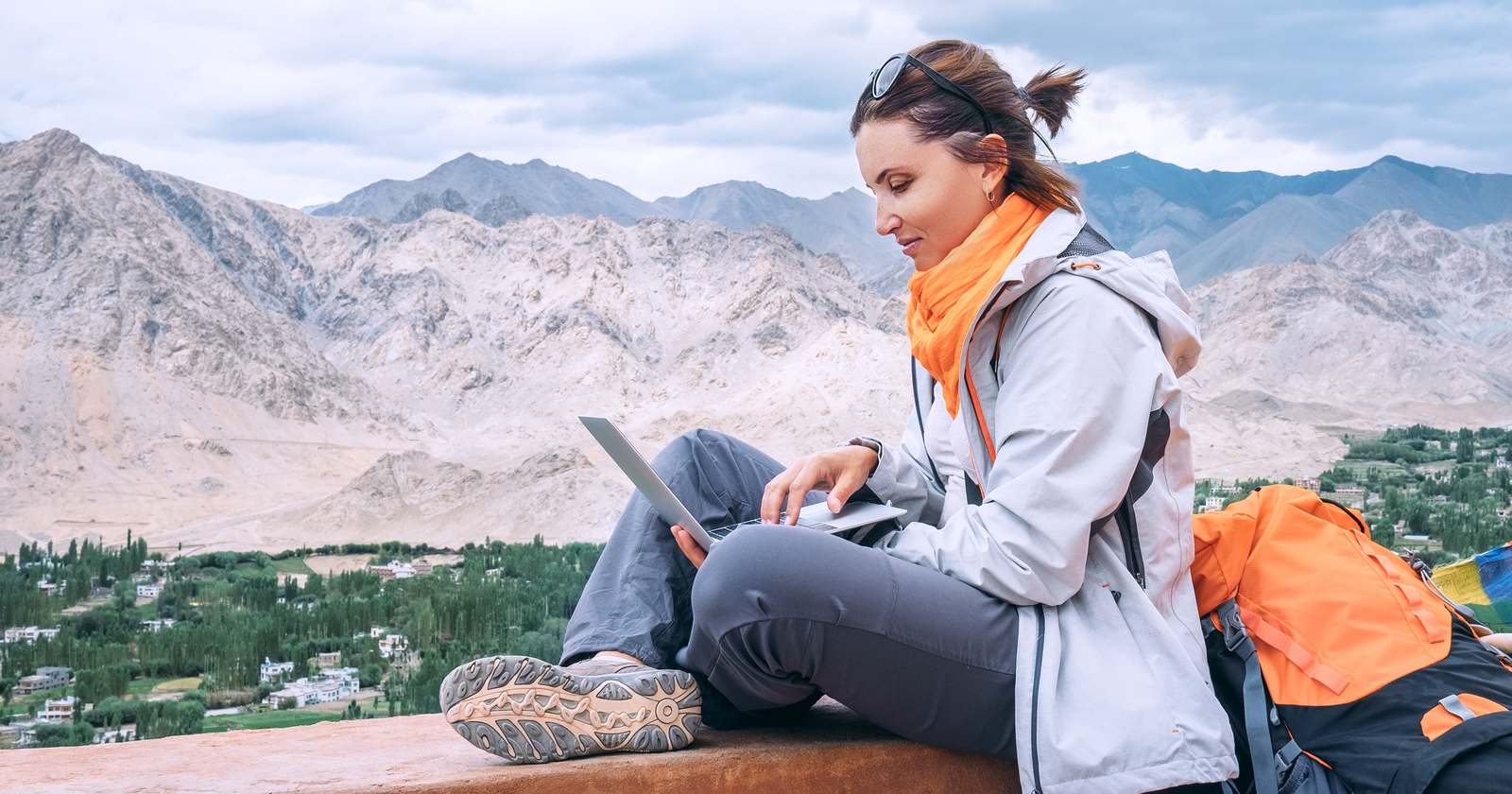Author’s note: We live in a time of clickbait and sensationalism, so I want to assure you the intent of this article is to help you handle real-life challenges.
I’ve been teaching self-reliance and preparedness principles for 20+ years, since before Google Ads or Analytics even existed.
Search engines have dramatically improved our ability to prepare for crises, and I hope this leads you to take action that will keep your family safe.
The entire world is feeling vulnerable right now.
We’re searching for ways to protect ourselves and our families from real and potential threats.
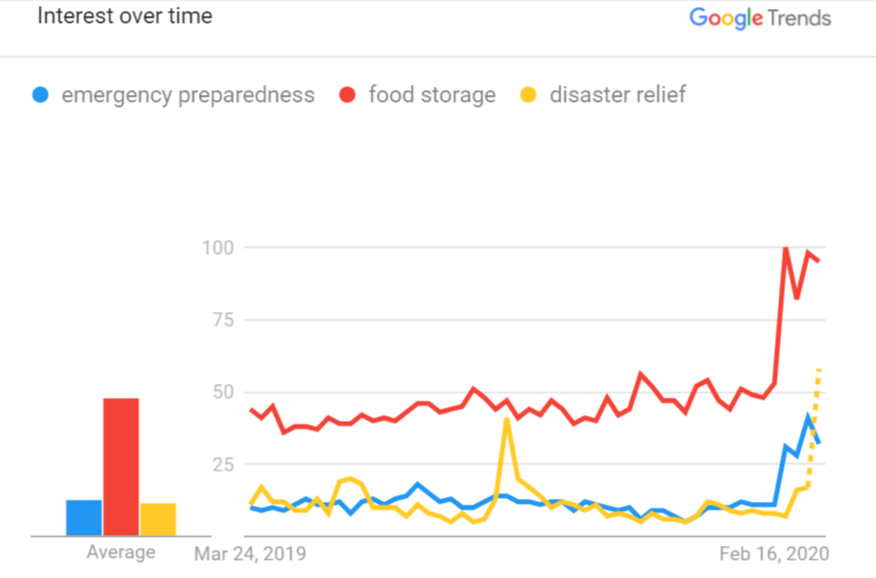
During these times of stress and uncertainty, we imagine visceral scenes from disaster films.
Inevitably, elite athletes and the military will survive an apocalypse.
Meanwhile, those of us with desk jobs are destined to become zombie appetizers.
This doesn’t have to be the case.
As a search marketer, you have a very particular set of skills.
That’s right; your experience in research, strategic thinking, and performance optimization can help you survive.
Here are five hard-earned skills you already have that make you better prepared for real-life disasters than you may have realized.
1. Go Niche & Local, Not Broad & General
You know in your core it’s better to focus on specific, long-tail, localized content than overly broad ideas.
“Emergency preparedness” is a broad umbrella term that includes thousands of scenarios:
- Urgent injuries, accidents, or illnesses.
- Loss of power, heat, water, food, or shelter.
- Natural disasters such as storms, fires, and droughts.
- Human-caused disasters such as terrorism or violence.
That’s not a complete list of possible disasters, and just writing those out is a little depressing.
But different emergencies require different plans, and parsing out actual scenarios beats the aggregate “all emergencies.”
For example, a 72-hour “go bag” can help you escape danger when your home is suddenly no longer a safe place to be.
But if you’re stranded at home after a hurricane, a backpack isn’t going to keep your family fed while you wait for the power to return. (Here are some ideas for cooking without power.)
People who focus only on generic “emergency advice” can end up unprepared for the real threats to their families.
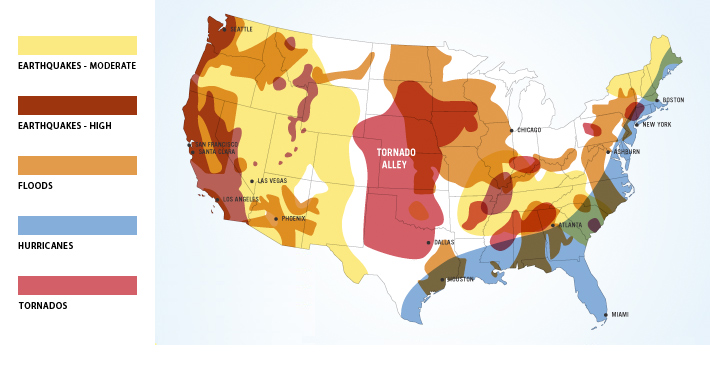
Websites like ready.gov/plan give you a great starting point. (While the sites I’m referencing are largely U.S.-based, the advice can be adapted to most locations.)
First aid kits, water, and flashlights might be obvious necessities.
What about feminine hygiene, pet food or items for people with sensory needs?
You’ve already got a research process for keywords. Apply it to your safety planning.
You of all people can go deep in these exercises without experiencing burnout or research fatigue.
Build a list of specific scenarios that may affect you and your family, given your geographic area and personal circumstances.
Then identify the resources you’d need to be prepared for each.
It still may feel scary and overwhelming because of how personal it is, but the more specific you are, the more equipped you’ll be to handle each situation.
2. Aim for the 80/20 Rule (Not Immortality)
You know that speech you memorized to explain to prospects why “being #1 on Google” is not a reasonable or productive goal?
It’s time to give a modified version of that speech to yourself.
The end goal of preparedness is not to guarantee survival under any worst-case scenario.
That’s not possible, which makes it a bad objective.
Once you accept your own mortality, you can let go of the idea of preparing for the absolute worst – which includes an infinite number of unlikely challenges – and focus your energy on statistically likely setbacks within your control.
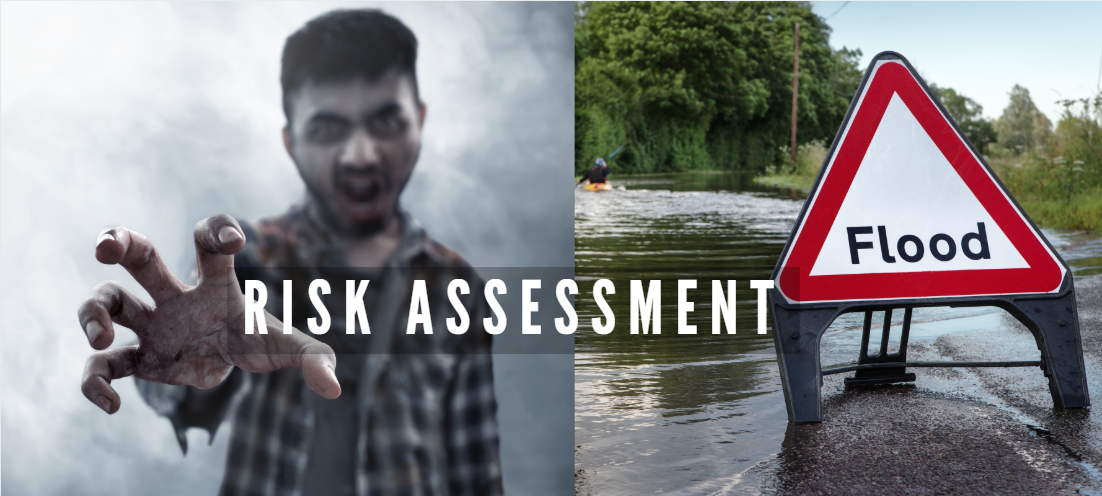
- You’re more likely to miss a paycheck than you are to get bitten by a zombie.
- You’re more likely to need an extra can of noodle soup than a bunker full of MREs.
- You’re more likely to have to walk a mile than to navigate your way home from the Amazon rainforest.
Where you live and what makes you comfortable are huge factors.
But use some judgment and risk-assessment in your preparation.
All goals are not created equal, and they can’t all be accomplished at once.
Good marketing goals prioritize business growth over vanity metrics.
Good emergency prep goals prioritize basic survival over contingency plans for outliers.
Pareto’s law suggests that you can cover 80% of potential threats with 20% basic preparation.
Start there.
Further prep is optional, but will have diminishing returns with increasingly unlikely scenarios.
You can disregard expensive or impractical advice that’s unlikely to drive your primary KPI of surviving plausible disasters.
You’re not required to stockpile trekking poles just because an internet stranger put them on a “must-have” equipment list.
Own your process.
3. Conduct a SWOT Analysis… of Yourself
Many marketers use a SWOT analysis to assess their clients’ strengths, weaknesses, opportunities, and threats.
This matrix helps businesses strategically evaluate their advantages and risks in a given landscape.
It can do the same for you.
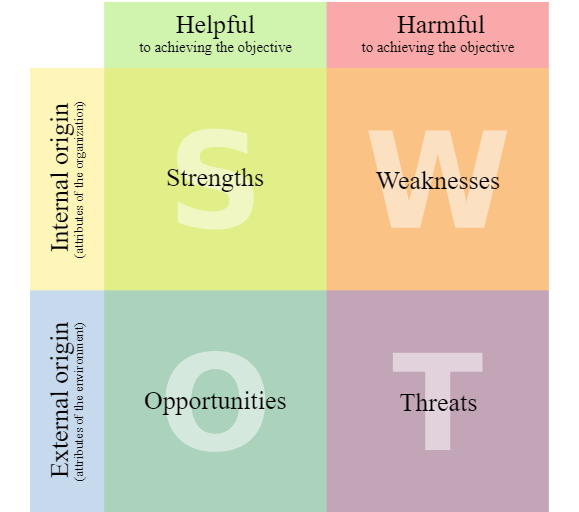
You can even find survival-specific SWOT tools to audit your own disaster readiness.
As you review the sections based on internal factors (strengths and weaknesses), look at something that isn’t addressed enough in preparedness analysis: attitude.
Why Attitude Drives Preparedness More Than You’d Think
Preparing for emergencies can feel terrifying, futile, unnecessary, impractical, or wasteful.
If you don’t think it matters, you probably won’t take any action.
Even if you do think it matters, there’s a good chance you’ll run into challenges that slow or stop your progress.
Some common resistance points:
- It’s too expensive.
- It’s too abstract.
- I don’t have enough space.
- I’m too nomadic.
All these problems are solvable, in that if you want to find more peace and security, there are steps you can take.
For instance, if your home (or room) is small, you can use vertical storage solutions or space below beds.
I knew a large family living in a small New York City apartment that kept a year’s supply of food.
One way they conserved space was to build a homework desk using sturdy #10 cans of food for desk legs. This might not be the right solution for your family, but something will be.
For families with limited finances, research ways to stretch your food budget or affordably build your food storage (both of these links are great references).
When you decide you’re an exception to the rule, it’s easy to get stuck and stay stuck.
But if you commit to finding solutions for your family, you’ll be able to.
4. Leverage Technology & Automation
Is there anything digital marketers love more than eliminating repetitive tasks with rules, scripts, or automation?
It’s time to channel your inner geek for real-life survival.
Technology has a bad rap when it comes to emergency prep, and a lot of guidelines are outdated.
Notice how many checklists still include having a roll of quarters for payphones in case of emergency.
Let that sink in for a minute.
It’s true that disasters are unpredictable, but as we’re experiencing with this pandemic, not every emergency automatically shuts down power, destroys your devices, and deletes your online accounts.
Even if you find yourself offline during a disaster, you can still use digital resources to prep, plan, and backup documents in advance.
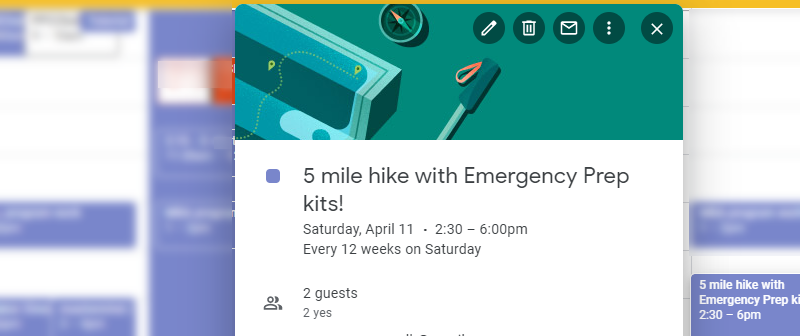
Here are some tech-based ideas that can make planning and organizing easier:
- Store copies of important documents on thumb drives or to the cloud. For less sensitive information, like photos and contact info, create folders with shared access.
- Sign up for emergency alerts and follow advice to get “tech-ready.”
- Set calendar alerts and reminders to rotate food storage, check batteries, practice evacuations, and evaluate plans.
- Consider investing in smart tech to keep you informed and connected even when you aren’t home.
5. Maintenance & Optimization Are Ongoing
As with search engine marketing, managing your preparedness efforts is an ongoing process, not a one-time event.
Food and medicine expire. Batteries leak. Kids outgrow their extra clothing.
Despite knowing this, many people expect preparation to be a “set it and forget it” activity, rather than an ongoing part of life.
Optimizing Prep & Plans
My favorite working definition of optimization is doing more of what works, and less of what doesn’t.
A huge challenge of preparing for emergencies is that it’s hard to know what actually works since most supplies and plans aren’t regularly used.
Waterproof matches, 4,000-calorie bars, and emergency tents go untouched.
Plans are theoretical.
According to FEMA, 60% of American adults have not practiced for a disaster in the last year.
Because you work in an industry that changes frequently, you know that staying current is often the difference between success and failure.
You can commit to being in the group that not only makes a plan but practices it regularly and even optimizes it for greater efficiency.
Evaluate your preparation through practice, drills, and even short trips.
After a few weekend getaways, you realize that you don’t need to bring four paperback novels – something you didn’t realize when you were imagining yourself poolside with nothing else to do.
I’ve found I can easily go a few days without a travel-size conditioner, but having extra napkins or paper towels on the road is essential.
As you get more practical experience, ditch what’s not needed in your pack and plans.
Add what’s missing.
Maintaining Efforts & Storage
Maintaining food and supplies is easiest when you store items you actually use.
In general, avoid unfamiliar products that will expire and get thrown out unless the “right emergency” happens soon.
The FIFO (First In, First Out) method is a popular way to rotate your storage of supplies and food – keeping them fresh and eliminating waste.
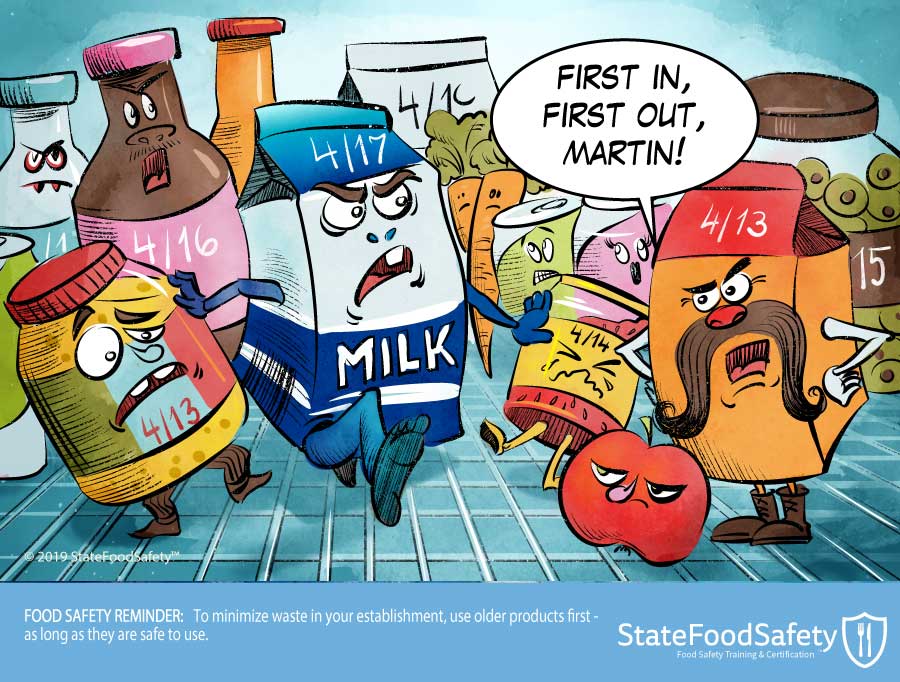
Regular meals can combine perishable and shelf-stable foods – having an extra supply doesn’t mean you have to stop eating fresh produce!
(Interestingly, a lot of people have this resistance, even if they don’t regularly eat fresh foods.)
Don’t get intimidated by expensive, specialized products – you generally don’t need items with a 30-year shelf-life if you have a good rotation system.
An Important Caveat
In the context of advertising, real-time search marketing has huge advantages.
Your customers can find products and services at the moment they need them.
You can increase marketing budgets when sales are low or pause campaigns when supply is low.
However, this “on-demand” model doesn’t work during a crisis.
The best time to prepare for a setback is well in advance, ideally when supply is high and demand is low.
This is fairly intuitive; you can’t Google “what to do when my power goes out” during a power outage. You can’t order a fire extinguisher during a fire.
And yet…many people wait for disaster alerts to”trigger” them to get ready.
Don’t be one of those people.
The COVID-19 induced toilet paper shortage reminds us that people will panic-buy during a crisis, causing a decreased supply even when there’s no disruption to production or distribution.
It’s easy to criticize people for hoarding and creating artificial scarcity, but plenty of disasters will create true scarcity and limit your access to supplies when you need them the most.
Putting off preparation means that even if provisions are available in a disaster (and again, they often aren’t), you’ll be competing for limited resources with first responders and vulnerable populations.
Take yourself out of the competition by planning in advance.
Action Steps to Take Now
You can leverage your search marketing skills for emergency preparedness, enabling you to:
- Research risks and identify solutions.
- Create a realistic emergency plan and share it with others.
- Evaluate your own readiness and commit to overcoming resistance.
- Organize / digitize essential documents; schedule review sessions.
- Regularly maintain and optimize supplies, storage, and plans.
As with all strategy, the right tactics and next steps for action depend on current conditions and long-term objectives.
If you’re in quarantine or isolation when you read this, now isn’t the right time to build a reserve.
Here are a few specific action steps you can take today from the comfort (or chaos) of your home to prepare for future setbacks of any size:
- Clear home clutter to make space for essentials.
- Consider enhanced physical fitness programs for strength, stamina, and mobility.
- Review and plan for financial readiness.
- Identify ways to help those who are more vulnerable.
- Get involved with community programs such as the Community Emergency Response Team online training.
Put your skills to use and be ready to survive (almost) anything, including everyday life!
Image Credits
In-post map image: CrisisHQ.com (via Web.archive.org)
In-post SWOT image: Wikipedia
In-post food safety image: Statefoodsafety.com
Screenshots and photo compilations by author, March 2020

